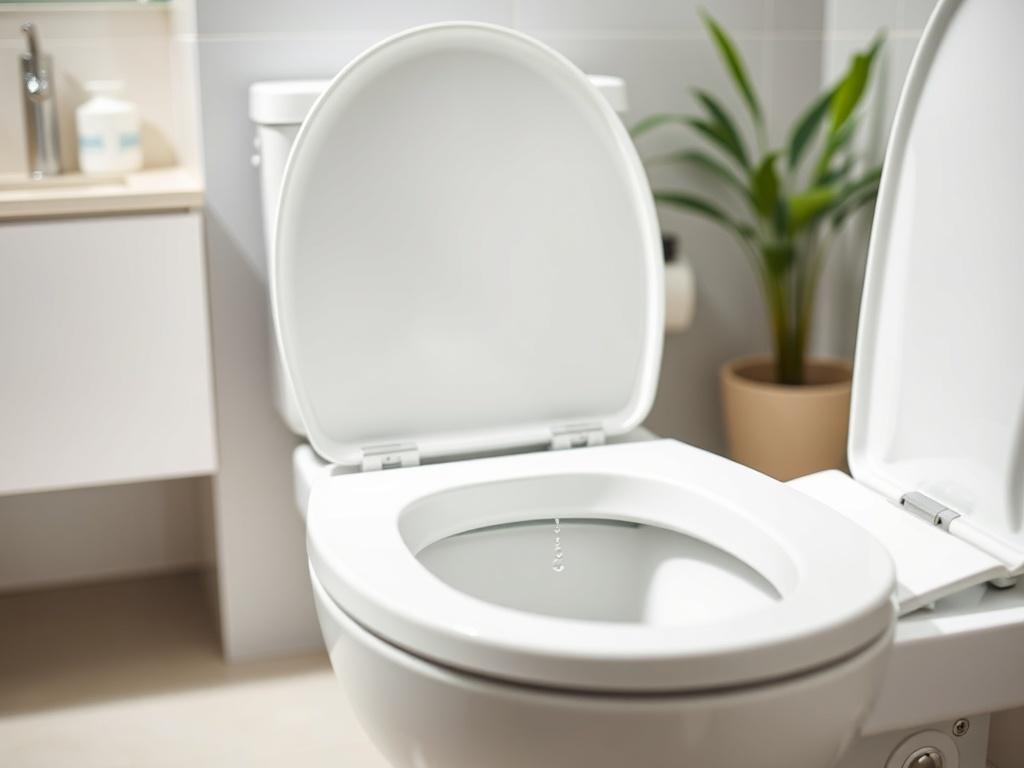
Is your toilet constantly running, leaving you frustrated and worried about water waste? For homeowners in Omaha, understanding the reasons behind this common plumbing issue is essential for quick resolution. A running toilet not only increases your water bill but can also lead to more significant plumbing problems if left unaddressed. Fortunately, diagnosing the root cause and implementing timely fixes can save both water and money while preventing potential damage to your home.
In this blog post, we’ll explore the common causes of running toilets, provide a step-by-step guide to help you identify the issue, and share practical, quick fixes to restore your toilet to its normal functioning. Whether you’re experiencing a minor nuisance or a more serious problem, this guide aims to empower Omaha homeowners with the knowledge and tools needed to tackle a running toilet efficiently. Let’s dive in and take the first steps toward a quieter, more efficient bathroom.
Understanding the common causes of a running toilet in Omaha
A running toilet can be a homeowner's nightmare, both in terms of noise and rising water bills. In Omaha, the most common cause of this issue often stems from worn-out parts within the toilet tank. For example, the flapper, a rubber component that seals the toilet tank, can deteriorate over time, leading to leaks. Additionally, the chain that connects the flapper to the flush handle may become tangled or too loose, preventing the flapper from sealing properly. These small issues can lead to continuous water flow in the bowl, causing not only a waste of water but also potential damage to your plumbing over time.
Another factor contributing to running toilets in Omaha involves the fill valve, which controls the flow of water into the tank after a flush. If this valve is malfunctioning, it may not shut off completely, resulting in a persistent stream of water. Additionally, mineral buildup can occur in Omaha's water supply, which can affect these components and lead to further issues. Understanding these common causes empowers homeowners to take charge of their toilet troubles before they escalate into more costly repairs.
Step-by-step guide to diagnosing the issue efficiently
To diagnose the cause of your running toilet, start by removing the tank lid. Look inside and pay attention to the tank's components, notably the flapper, fill valve, and chain. The flapper should create a watertight seal; if it’s worn out or misaligned, it may allow water to seep into the bowl. Examine the chain connecting the flush handle to the flapper. If the chain is too long or tangled, it can prevent the flapper from closing properly, causing the constant flow of water. Additionally, take a close look at the fill valve, which regulates the water entering the tank. If it’s malfunctioning, it might not shut off at the appropriate level.
Next, you can troubleshoot more specific issues by checking the water level in the tank. The water should be about an inch below the top of the overflow tube. If it’s too high, the excess water can spill into the tube, leading to a running toilet. Adjust the float or the fill valve to lower the water level as needed. After conducting these checks, flush the toilet to observe any changes. If the running persists, consider further investigating the tank components or consulting a plumber for advice. Diagnosing the issue correctly will help you apply the right fix quickly and efficiently.
Quick fixes to stop your toilet from running and save water
If you’ve diagnosed the issue causing your toilet to run, you can take several quick fixes to resolve the problem. First, check the flapper valve. Often, a worn or misaligned flapper can prevent a proper seal, letting water continuously escape into the bowl. To address this, simply remove the flapper by disconnecting it from the chain and replace it with a new one. This is a straightforward job that can significantly reduce water wastage. Ensure the new flapper fits snugly to create an effective seal, and adjust the chain if necessary to allow proper operation without excess slack.
Another common fix involves adjusting the float mechanism within the tank. If the water level in your tank is set too high, it may overflow into the overflow tube, causing that annoying running sound. To remedy this, locate the floating ball or cup connected to the fill valve and gently adjust the arm or the height settings. Lowering the float will allow the water to stop at an appropriate level, eliminating the overflow issue. With these quick adjustments, you can stop your toilet from running and ultimately save water, while also preventing potential damage and higher utility bills.
Talk to one of our experts — for free.
Enter your email and get virtual support from a licensed pro, no strings attached.